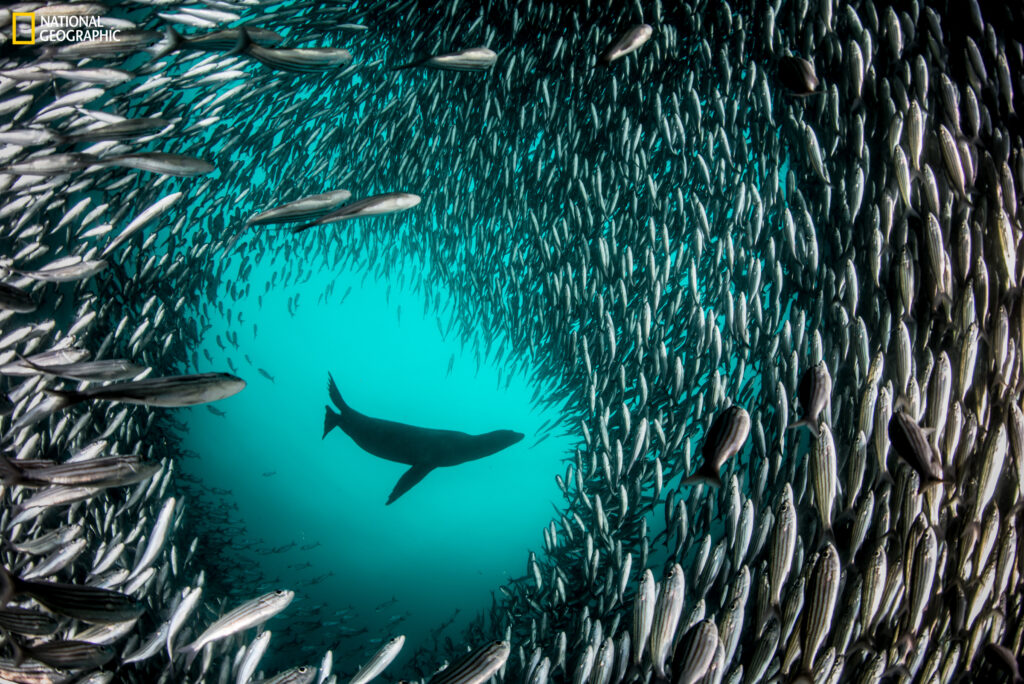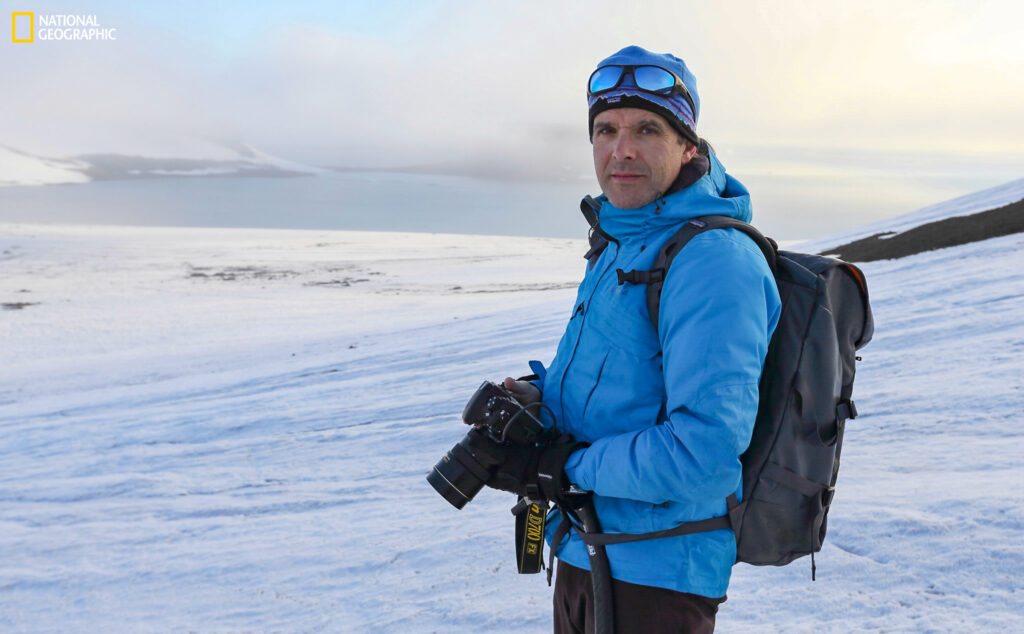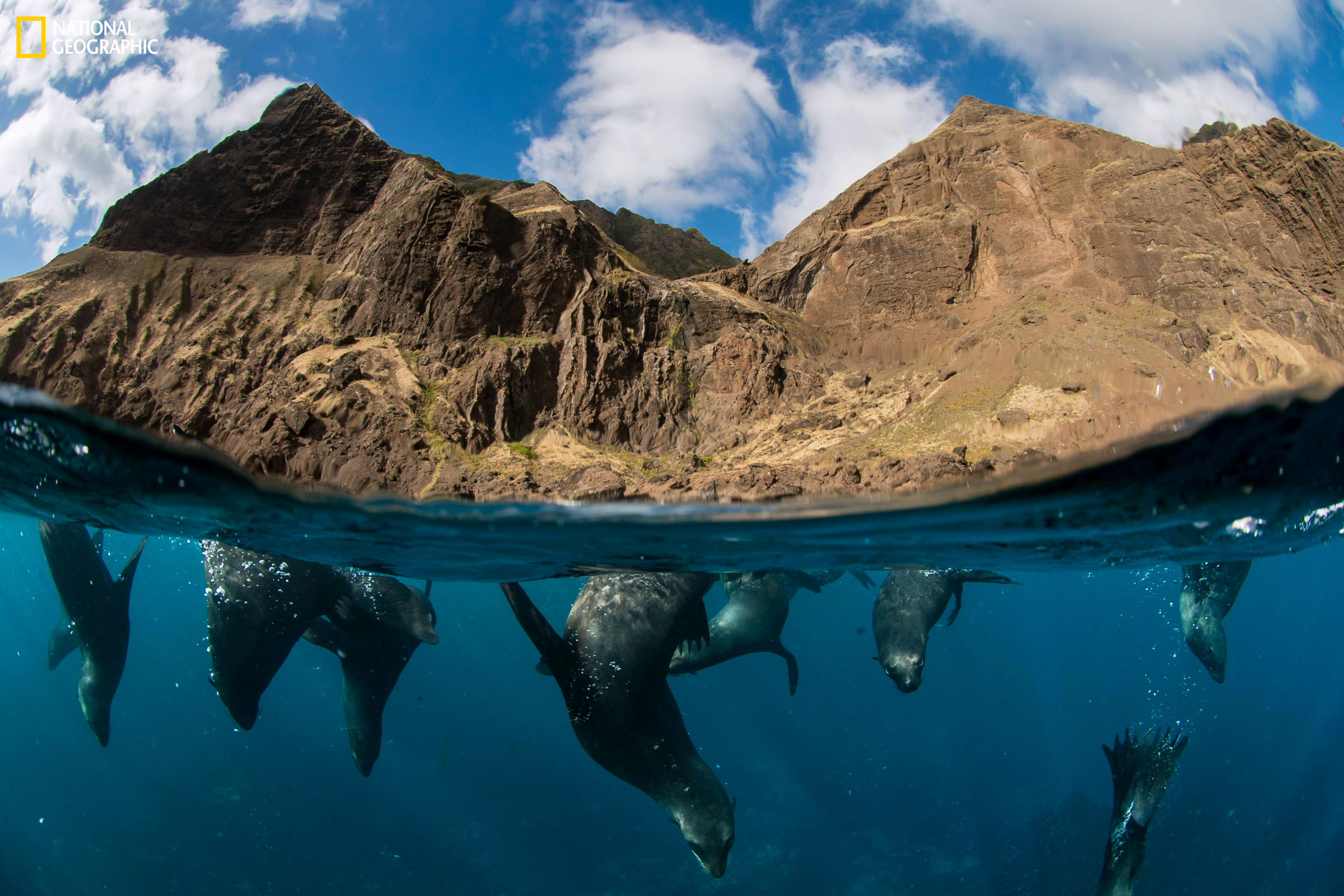Photograph by Enric Sala, National Geographic
National Geographic’s Pristine Seas: Bringing the Ocean Back
Pristine Seas: Bringing the Ocean Back, a photo exhibition curated by the National Geographic Society, will open at the Haggin Museum on November 7, 2024. The exhibition draws upon over a decade worth of global expeditions conducted by the National Geographic Pristine Seas project to document and protect the ocean so it can heal, rebound, and regenerate.
The exhibition highlights the importance of marine protected areas (MPAs) as a mechanism for protecting and restoring the world’s ocean. Through the exhibition’s narrative, photography, and film, visitors will learn how the Pristine Seas team supports Indigenous Peoples, local communities and governments in the creation of MPAs.
Visitors will explore the team’s expeditions ranging from the tropical coral reefs of the Southern Line Islands to the icebergs of the Antarctic Peninsula. Through stunning imagery and stories that highlight the scientific methods used on these expeditions, the exhibition will showcase Pristine Seas’ continued commitment to protecting ocean life.


Since 2008, the National Geographic Pristine Seas project has carried out 36 expeditions and helped establish 25 marine protected areas covering over 6.5 million square kilometers of ocean—an area more than twice the size of India.
“This exhibition is a testament to the Pristine Seas team’s unyielding commitment to safeguard the blue heart of our planet,” said Kathryn Keane, vice president of public programming and National Geographic Museum director. “The Pristine Seas team combines exploration and rigorous research with powerful storytelling. The goal of this exhibition is to immerse visitors in the beauty of the sea while reiterating why we must preserve it.”
Pristine Seas actively supports the global goal of protecting 30% of the ocean by 2030. Not only will this be beneficial for marine life, but also for communities through fisheries benefits, increased food security, and mitigation of climate change.
“To protect vital ocean places we need to combine research with compelling visuals, to inspire people through both minds and hearts. I am thrilled to bring over a decade of filming and science into the first National Geographic Pristine Seas exhibition,” said Enric Sala, National Geographic Explorer in Residence and Pristine Seas Executive Director.
Follow Enric Sala on Instagram and Twitter, and Pristine Seas on Instagram and Twitter to stay up-to-date on their efforts across the globe.
Image credits: Featured Image: Photograph by Enric Sala, National Geographic; Location: Juan Fernández Archipelago, Chile; Expedition Dates: March 2017; Protection Status: Protected, 2018; Overhunted for its fur, the Juan Fernández fur seal was assumed extinct until a small herd of 200 was found in the 1960s. Now legally protected, an estimated 84,000 exist today, making it one of the most successful recovery stories in the animal kingdo.; Right Image: Location: Galápagos Islands, Ecuador Expedition Dates: November to December 2015 Protection Status: Protected, 2016 A young Galápagos sea lion approaches the camera. A diver’s paradise, the islands harbor over 2,900 known species of fish, invertebrates, and marine mammals. Key organisms include endemic seabirds, the world’s only marine iguana, and the highest abundance of sharks on the planet.; Bottom Right: Photograph by Manu San Félix, National Geographic; Enric Sala, National Geographic Explorer in Residence and the founder of Pristine Seas, surveys the snowy landscape of Franz Josef Land, Russia, in 2013. A former university professor, Sala saw himself writing the obituary of the ocean and quit academia to become a full-time conservationist.

